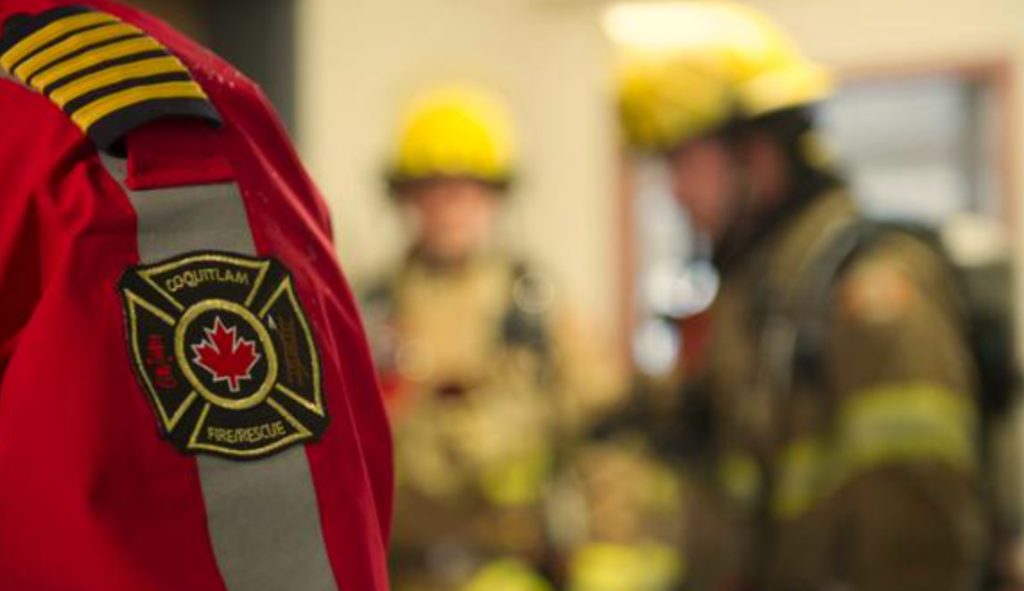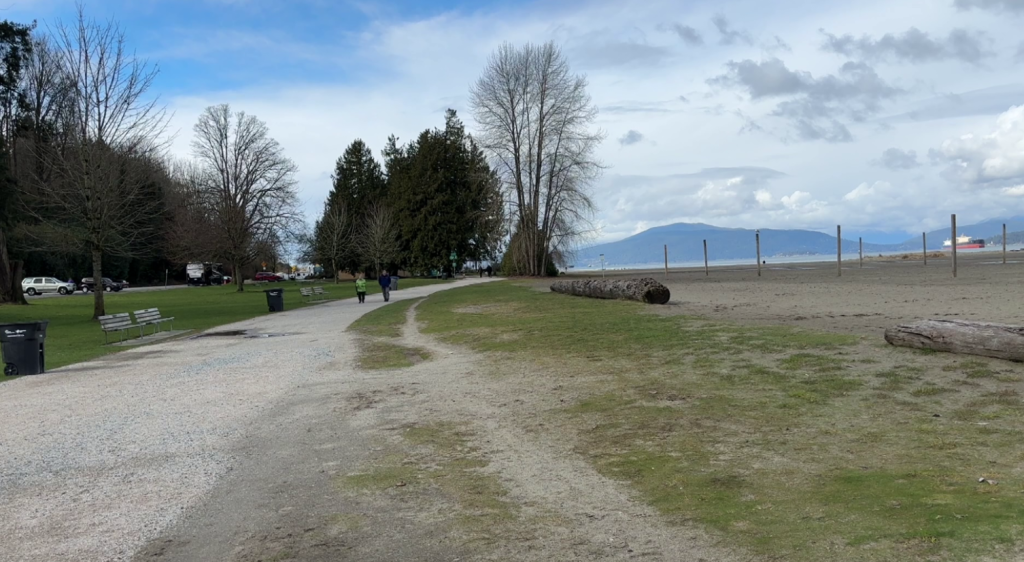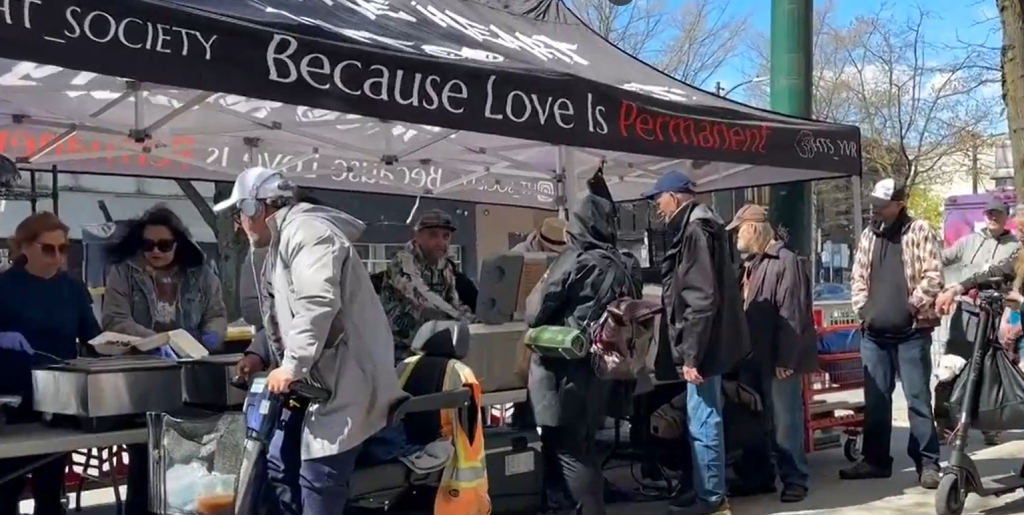AP Was There: Mob protests Little Rock Central desegregation
Posted September 23, 2017 8:03 am.
Last Updated September 23, 2017 2:40 pm.
This article is more than 5 years old.
LITTLE ROCK, Ark. – EDITOR’S NOTE: Sixty years ago, the Little Rock Nine became a symbol of heroism in the throes of racial progress, but their bravery made many whites dig their heels in further to maintain segregated schools.
On Sept. 23, 1957, Relman Morin watched as an angry mob gathered outside Central High School in Little Rock, Arkansas, waiting for a group of black students to arrive. It was three years after “separate but equal” was declared unconstitutional in America’s public schools, but the angry white mob wanted no parts of it.
The mob’s anger bubbled over and it became a dangerously violent scene, especially for a group of black men walking up. The protesters also turned on reporters and photographers who were there documenting the struggle to integrate schools.
Meanwhile, the nine black teenagers — three boys and six girls — walked into the side door at the south end of the school. They watched the mob as they entered.
The Associated Press is republishing the 1957 eyewitness account by reporter Relman Morin as part of its coverage of the Little Rock Nine anniversary.
____
It was exactly like an explosion, a human explosion.
At 8:35 a.m., the people standing in front of Central High School looked like the ones you see everyday in a shopping centre.
A pretty, sweet-faced woman with auburn hair and a jewel-green jacket … another holding a white portable radio to her ear. “I’m getting the news of what’s going on at the high school,” she said. … People laughed. … A grey-haired man, tall and spare, leaned over the wooden barricade. “If they’re coming,” he said, quietly, “they’ll be here soon.” … “They better,” said another. “I got to get to work.”
Ordinary people — mostly curious, you would have said — watching a high school on a bright, blue-and-gold morning.
Five minutes later, at 8:40, they were a mob.
Chain Reaction
The terrifying spectacle of 200-odd individuals, suddenly welded together into a single body, took place in the fraction of a second. It was an explosion, savagery chain-reacting from person to person, fusing them into a white-hot mass.
There are three glass-windowed phone booths across the street from the south end of the high school. At 8:35, I was inside one of them, dictating.
I saw four Negroes coming down the centre of the street, in twos. One was tall and big-shouldered. One was tall and thin. The other two were short. The big man had a card in his hat and was carrying a camera.
Growl Rises
A strange, animal growl rose from the crowd.
“Here come the niggers.”
Instantly, people turned their backs on the high school and ran toward the four men. They hesitated. Then they ran.
I saw the white men catch them on the sidewalk and the lawn of a home, a quarter-block away. There was a furious struggling knot. You see a man kicking at the big Negro. Then another jumped on his back and rode him to the ground, forearms deep in the Negro’s throat.
They kicked him and beat him on the ground and they smashed his camera. The other three ran down the street with one white man chasing them. When the white man saw he was alone, he turned back to the crowd.
Rescued By Policeman
Meanwhile, five policemen had rescued the big man.
I had just finished saying, “Police escorted the big man away,”
At that instant, a man shouted, “Look, the niggers are going in.”
Directly across from me, three Negro boys and six girls were walking toward the side door at the south end of the school.
It was an unforgettable tableau. They were carrying books. White bobby-sox, part of the high school uniform, glinted on the girls’ ankles. All were nicely dressed, the boys wore open-throat shirts and the girls ordinary frocks.
They weren’t hurrying. They strolled across perhaps 15 yards from the sidewalk to the school steps. They glanced at the people and the police as though none of this concerned them.
Unforgettable Scene
You can never forget a scene like that. Nor the one that followed.
Like a wave, the people who had run toward the four Negro men, now swept back toward the police and the barricades.
“Oh, God, the niggers are in the school,” a man yelled.
A woman — the one with the auburn hair and green jacket — rushed up to him. Her face was working with fury now. Her lips drew back in a snarl and she was screaming, “Did they go in?”
“The niggers are in the school,” the man said.
“Oh, God,” she said.
She covered her face with her hands. Then she tore her hair, still screaming.
She looked exactly like the women who cluster around a mine head when there has been an explosion and men are trapped below.
A tall, lean man, jumped up on one of the barricades. He was holding on the shoulders of others nearby.
“Who’s going through?” he roared.
“We all are,” the people shrieked.
They surged over and around the barricades, breaking for the police.
About a dozen policemen, in short-sleeved blue shirts, swinging billy clubs, were in front of them.
Men and women raced toward them and the policemen raised their clubs, moving to head off people who tried to dodge around them.
A man went down when a policeman clubbed him.
Another, with crisp, curly black hair, dodged between two policemen and got as far as the school yard. There, two others caught him.
Pinned in Coat
With swift, professional skill, they pulled his coat halfway down his back, pinning his arms. In a flash, they were hustling him back toward the barricades.
A burly, thick-bodied man wearing a construction worker’s hard hat, charged a policeman. Suddenly, he stopped and held both hands high above his head.
I couldn’t see it, but I assume the policeman jammed a pistol in his ribs.
Meanwhile, the women — the auburn-haired one, the woman with the radio, and others — were swirling around the police commanding officers. Tears were streaming down their faces. They acted distraught. It was pure hysteria.
Keep Crying
They kept crying: “The niggers are in our school. Oh, God, are you going to stand here and let the niggers stay in school?”
Then, swiftly, a line of cars filled with state troopers rolled toward the school from two directions. The flasher-signals on the tops of the cars were spurting red warnings.
The troopers, big, thin-waisted men in broad-brimmed hats, moved inside the barricades with the policemen.
In an instant, they had the crowd — not wholly under control — but well away from the school.
Howling Futile
The roaring and howling went on, but it was futile now. Nobody tried again to charge the lines.
In a first-floor window, a high school boy kept a small camera pointed toward the street. The upper-floor windows were packed with other students, watching.
Then the people — still wearing the savage, snarling mob’s mask — turned on reporters and photographers. It was a gesture of frustration. They had to have an outlet for the wild rage and hysteria that had galvanized them.
A boy leapt high in the air, caught a phone wire leading from one of the booths to the main line, and swung up and down, trying to break it. The booth, with a reporter inside, teetered twice and came close to falling over.
Photographer Slugged
Francis Miller, a Life magazine photographer, was coming out of the crowd. His arms were filled with camera equipment. He never had a chance to defend himself.
A man rushed toward him, and smashed his fist full in Miller’s face. He went down, blood pouring out of his mouth.
In the next few minutes, the mob beat up four others. They had said earlier, “We ought to wipe up the street with these Yankee reporters.”
Now, with no one else to attack, they started.
I passed through the milling, swirling crowd, trying not to walk too fast, nor to slow. Nothing happened.
When I looked back, from a block away, it was relatively quiet again.
It was an explosion.
___
For more on the Little Rock Nine, including historical stories and photos, and video interviews with people who lived through the era, visit, http://www.apnews.com/tag/LittleRockNine.










